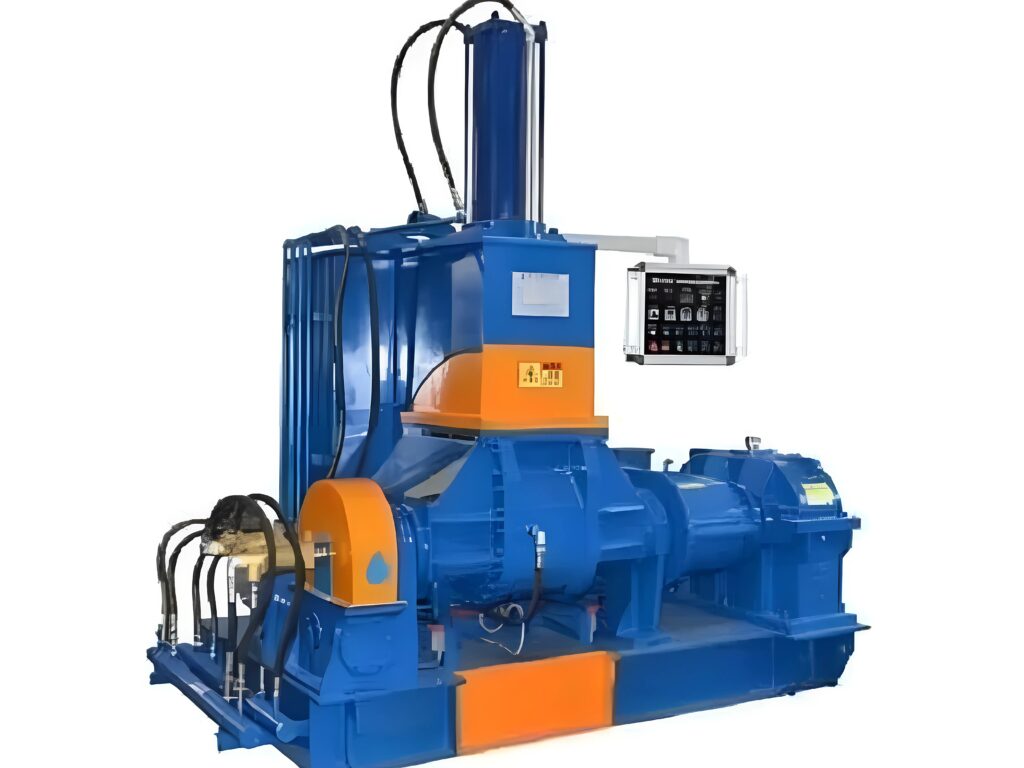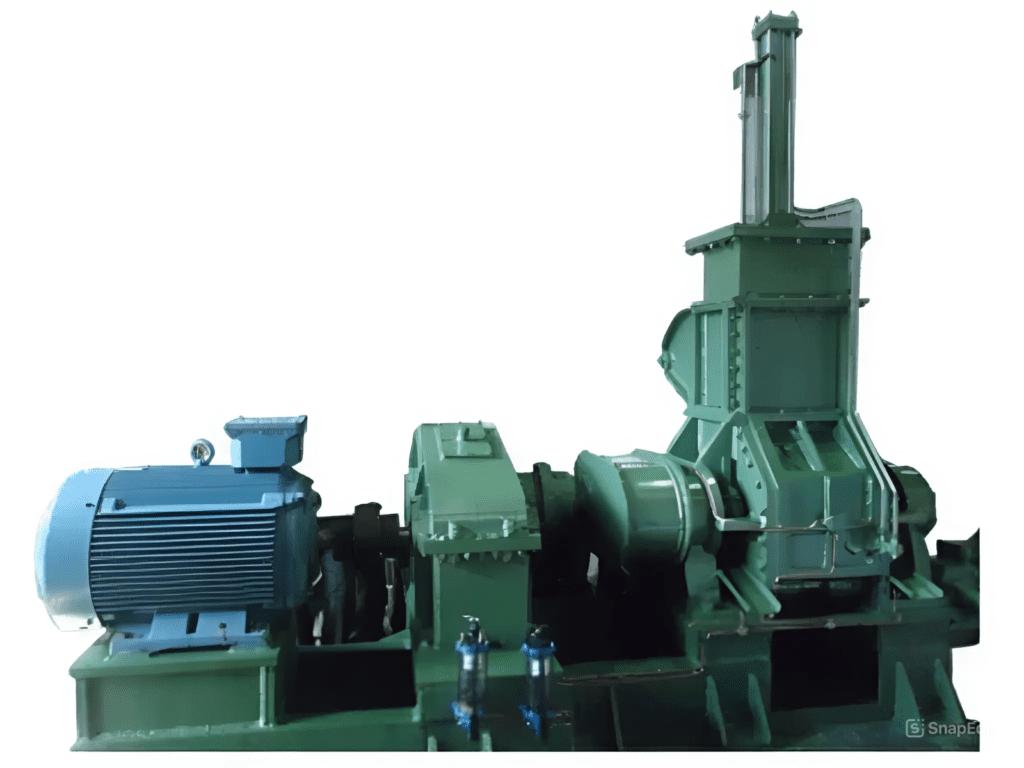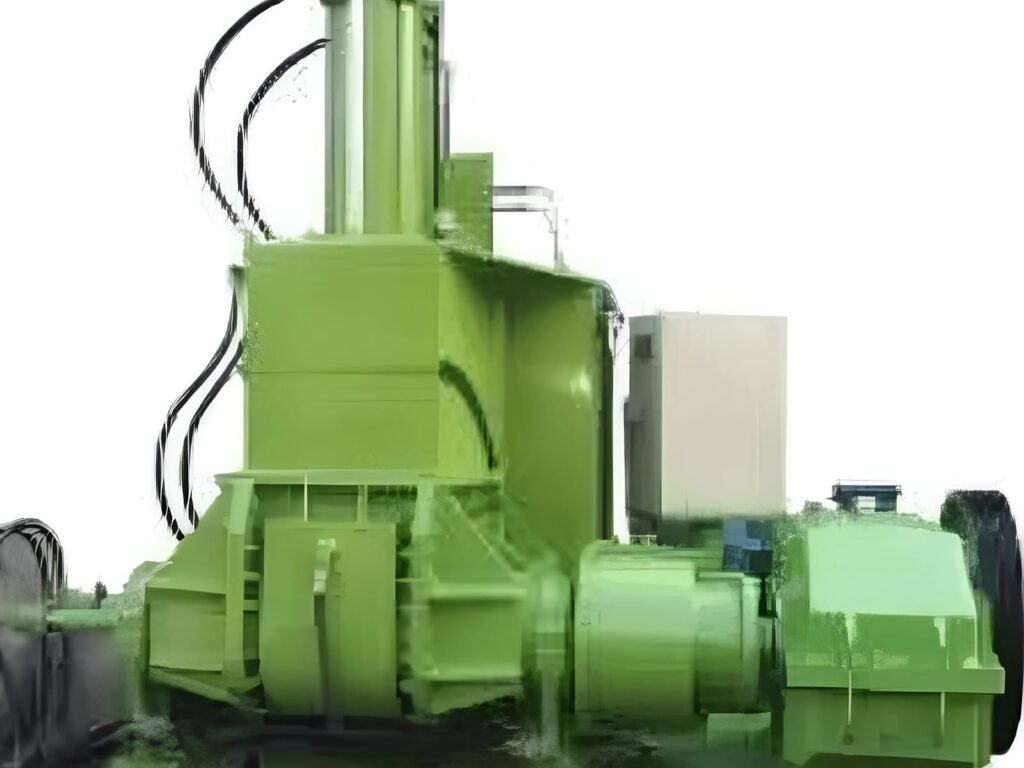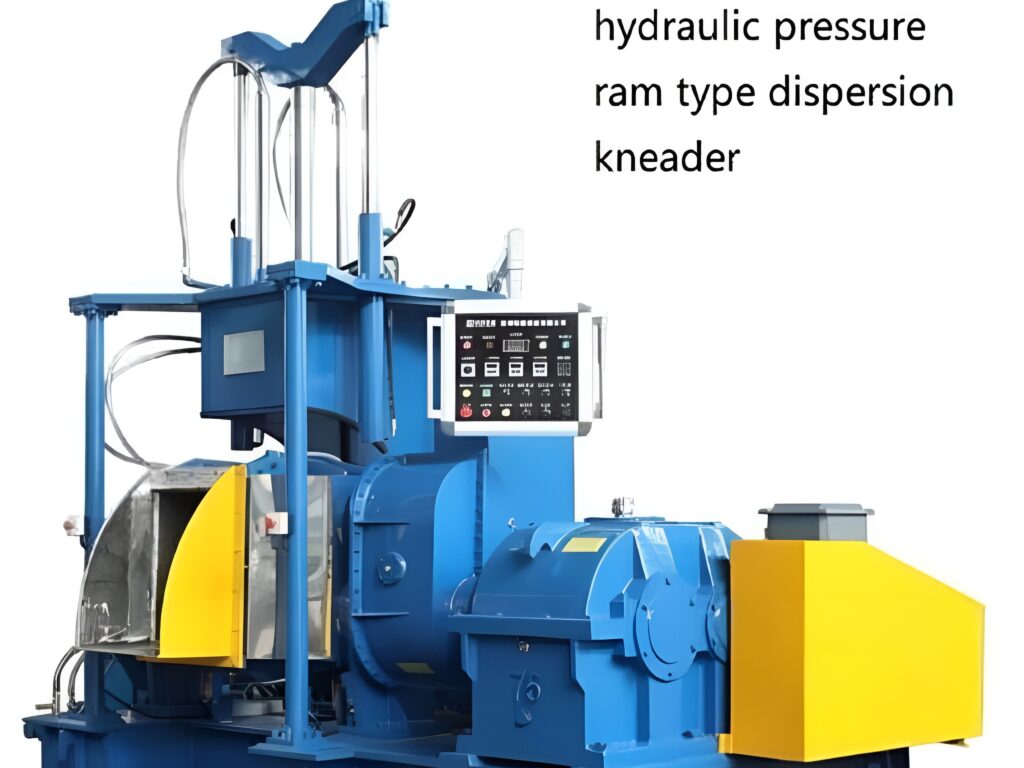Improve Production Efficiency with Rubber Dispersion Kneaders
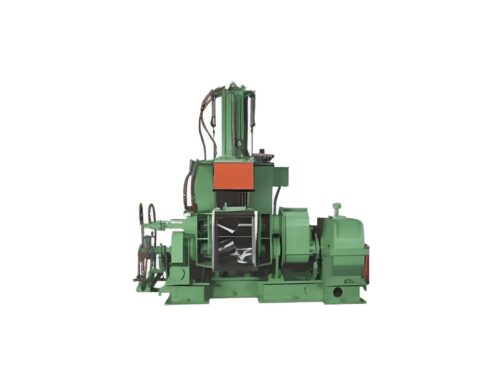
Rubber dispersion kneaders are one of the processes involved in the rubber manufacturing company. With these machines, firms can produce rubber compounds of consistent quality, precision, and accuracy. Optimizing the technology will be efficient in producing low-waste products, increasing revenue. This article gives one step-by-step knowledge of the operation of a rubber dispersion kneader.
What is a Rubber Dispersion Kneader?
Rubber dispersion kneaders are specifically designed mixers. The mixer combines rubber, fillers, and chemicals to acquire a uniform mix of desired properties. This kneader has a twin-rotor design with an advanced mixing chamber that provides controlled mixing and helps in the prevention of overheating characteristics that are very significant for rubber quality.
Benefits of using Rubber Dispersion Kneaders –
There are several advantages that rubber dispersion kneaders can offer and directly be translated into improving production efficiency:
Consistent Quality of Mixing: A uniform mixture is important in the manufacture of rubber. Dispersion kneaders ensure that each batch has the same quality and properties, and this reduces the chances of making mistakes.
Reduced Cycle Time: Kneaders work fast, which shortens the time taken for each cycle of production, thus increasing output.
Lower Energy Consumption: Compared to other mixers, rubber dispersion kneaders are designed to operate with minimal energy, reducing costs in the long run.
Improved Safety: With features such as temperature control and automated feeding, kneaders can improve workplace safety, protecting operators from hazardous exposure and risks.
How to Improve Production Efficiency with Rubber Dispersion Kneaders?
Maximize the Efficiency of the Rubber Dispersion Kneader with Best practices combined with Optimized Setup and Regular Maintenance. Some of the critical steps that would be taken below are;
1. Optimize Mixing Parameters
Adjustment and optimization of the kneader’s mixing parameters are responsible for most contributions to efficiency. In this case, some of them include;
Mixing Time: Mixing time is always reduced without compromising the quality. Preliminary trials to determine a general optimum time for the individual compound will always do well.
Temperature Control: Excessive temperature may cause degradation; thus, temperature ranges ought to be set to sustain the product quality and prevent melting down through overheating.
Rotating speed of rotors: depending on the product type, as well as the content of rubber going into the process, they may rotate at higher speeds but at such speeds, speed increases fast mixing but over time deteriorates the product quality.
2. Sustain frequently
The kneaders can only be regarded as sound only if appropriately maintained :
Examination of Rotor and Mixing Tank: To maintain mixing efficiency and quality, operators need to clean and check the rotor and chamber of the kneader at both ends to remove any buildup that has formed. This buildup can adversely affect the mixing process, so regular maintenance is essential.
Lubrication of Mechanical Parts: Lubrication reduces friction and thus saves parts from wear. Therefore, the kneader serves for a longer period of operation under similar conditions.
Seal Testing and Temperature Sensor Testing: Ensure that seals remain intact and undamaged. Additionally, sensors must provide accurate temperature readings to prevent erroneous results
3. Automation wherever possible
Automation in rubber dispersion kneaders increases precision and cuts down on human error:
Automatic Feeding System: This aspect of automation, involving the feeding of material into the kneader, allows for precise measurement with almost zero wastage.
Temperature Control: An automated system schedules the entire automation process according to the desired settings, ensuring that temperature levels throughout the environment remain constant. As a result, this consistency maintains a steady environment during mixing.
Data Monitoring and Analytics: A monitoring device records all parameters such as temperature levels, speed, and duration for mixing. By examining such data, we can optimize the procedure for maximum production.
4. Quality Material
The quality of raw materials affects the mixing in terms of performance and outcome. Using low-quality materials can lead to inconsistent results, as they may require longer mixing times or compromise the overall product quality. Spend on better ingredients for improved performance and reduced cycle times.
5. Train Operators Regularly
The trained operators must also be familiar with the optimization of parameters as well as early symptoms that may hamper efficiency.
Effect of Increased Efficiency –
An increase in efficiency in production using rubber dispersion kneaders can bring about many positive impacts, such as:
Higher output: Shorter mixing time along with fewer errors has its effects in the form of higher output levels that help meet the production targets more smoothly.
Cost saving: Powering down less, using lesser amounts of materials, and stopping less often also bring in enough cost savings over a considerable period
Better quality products: Maintaining a uniform and controlled mix for achieving consistency in the quality of products helps improve the goodwill and satisfaction of customers of brands.
Conclusion –
Rubber dispersion kneaders are very fundamental to rubber production. They help mix with accuracy and consistency. Optimizing machine parameters, maintaining equipment, automating processes, and training operators help improve the efficiency of the production process, reduce costs, and increase profitability. When you follow these practices, your rubber dispersion kneaders function optimally, enhancing overall performance and improving the entire production process.
For More Information Visit Here

 Compression Molding
Compression Molding


